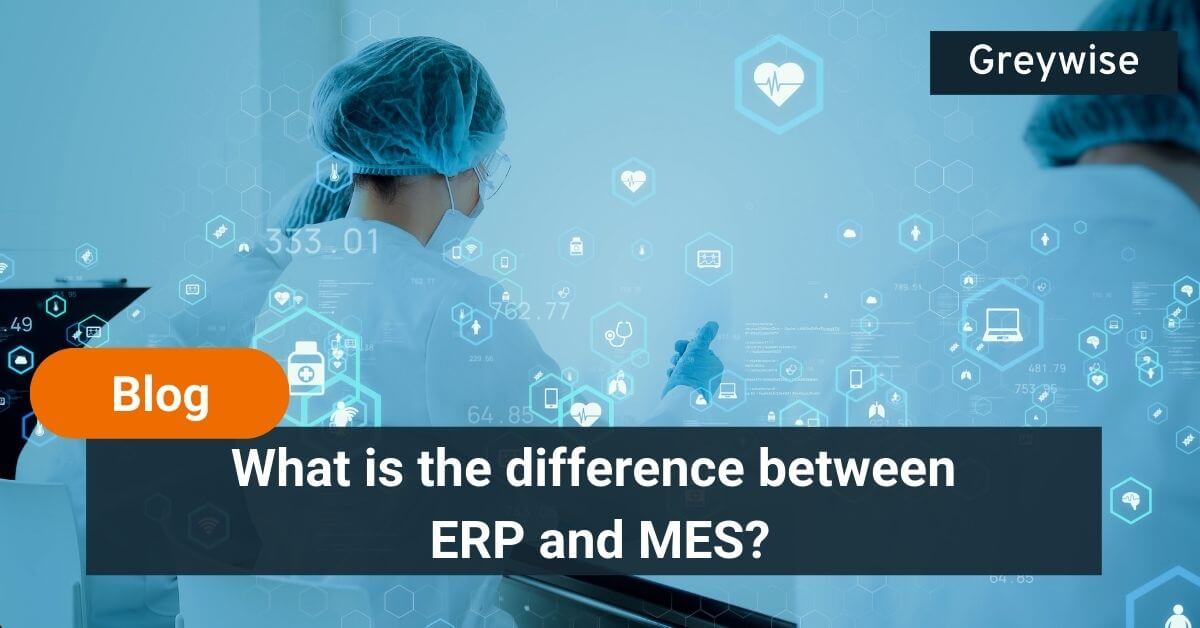Can you give an example?
“To give an example of the difference in priorities, IT updates can be done at night or on weekends because the office workers are not working. If an office application does not work after that, it is rolled back, or it is accepted that a few people will suffer from it for a while. However, factories run 24/7, if your systems are not working, your factory may be unintentionally shut down. So you don’t just update, that’s all much more critical with OT.”
“So at OT you always work closely with the people in the factory and the support departments. If a machine is under maintenance, you may be able to update the automation right away. Close cooperation with the shop floor is therefore very important in our projects. The different levels of automation are best explained using the Purdue model.”
What is the Purdue Model?
“In the Purdue model – or rather Purdue Enterprise Reference Architecture, which is also reflected in the ISA-95 standard for vertical integration – five levels of automation are distinguished. 0 is the lowest level: the physical world, in our case the shop floor or the machines and production installations. Industrial automation is closest to the shop floor and focuses on levels 1 and 2. All kinds of signals go up and down between the controlling systems on level 1 and the sensors and actuators of the machines on level 0.”

“PLCs are at level 1, they control the machines and installations, where high availability, reliability and safety are very important. At level 2 you talk about the HMI or ‘Human Machine Interface’. In the past these were buttons, now they are, for example, local touchscreens or, for example, an emergency stop.”
“More and more factories are arranging this with SCADA systems, which stands for ‘supervisory and data acquisition’, where you can centrally oversee and control and intervene in the entire process. The SCADA software talks to the PLCs and the PLCs in turn talk to the machines. It always goes one level lower from level 4 to 0: from generic to specific, from high-over to accurate, from central to local, from long to short term, and from low-frequency to high-frequency interaction.”
What Purdue level is MES at?
“MES and MOMS, of which MES is a part, are at level 3, they control your entire industrial automation. OT includes levels 1 to 3, so with the focus on the operation but increasingly abstract and coordinating the higher you go.”
“The top level is 4, the domain of IT or office processes. Then you can think of the ERP and the linking of purchasing, finance, long-term planning, you name it. The lower automation levels are very specific and must always be available and secure, IT is very generic and standard.”
So the difference between IT and OT is in the levels?
“The way of thinking is different in IT than in OT. If something happens in the factory, it must be solved immediately. Availability is important with OT, followed by integrity and confidentiality. Exactly the other way around than with IT, but the worlds of IT and OT are increasingly converging. For example, IT techniques and standards are increasingly being adopted within OT. This was not possible in the past, but IT technology has become faster, more reliable and cheaper.”
“In the past, process automation was very specific and often the supplier’s standard in stand-alone solutions. Systems are now increasingly linked to each other, for example to prevent human errors and duplication of work, or to be able to unlock more data from the different levels for analysis.”
“The link between systems concerns not only those at the different levels, but also between the systems within the levels. This vertical and horizontal integration of systems also makes it more complex and there is a greater need to standardize, for example in terms of interfaces, cybersecurity and management processes.”
And what is the role of MES in this?
“MES has an important role in the integration of IT and OT. MES links the shop floor processes to the office processes and thereby generates important information, whereby the detailed data from the operating systems is added to context. Data gains coherence and becomes transparent in the right place and at the right time, it can be used by a wide audience within the organization. In fact, MES systems are often built on IT technology, but in many areas have the character of a process control system.”
“With MES, we not only bring processes, systems and data together, but also people. In the past, process automation often fell under the TD, and IT traditionally fell under the finance department. Nowadays, this is coming together more often. Process control engineers, for example, increasingly talk to IT engineers and administrators and vice versa. They learn to understand each other better and better, which all benefits the end-user organization and ultimately the entire business.”
“Further automation and integration between systems takes a lot of work off the hands of the end user, creates an overview, information becomes more reliable and comparable, and new insights and opportunities for improvement are created. So many great opportunities to capitalize on.”







